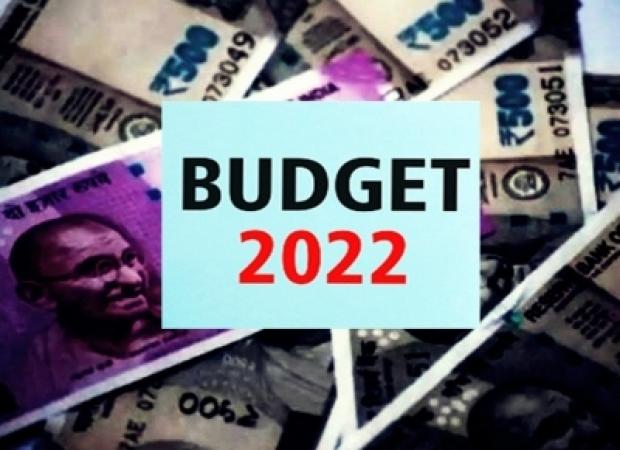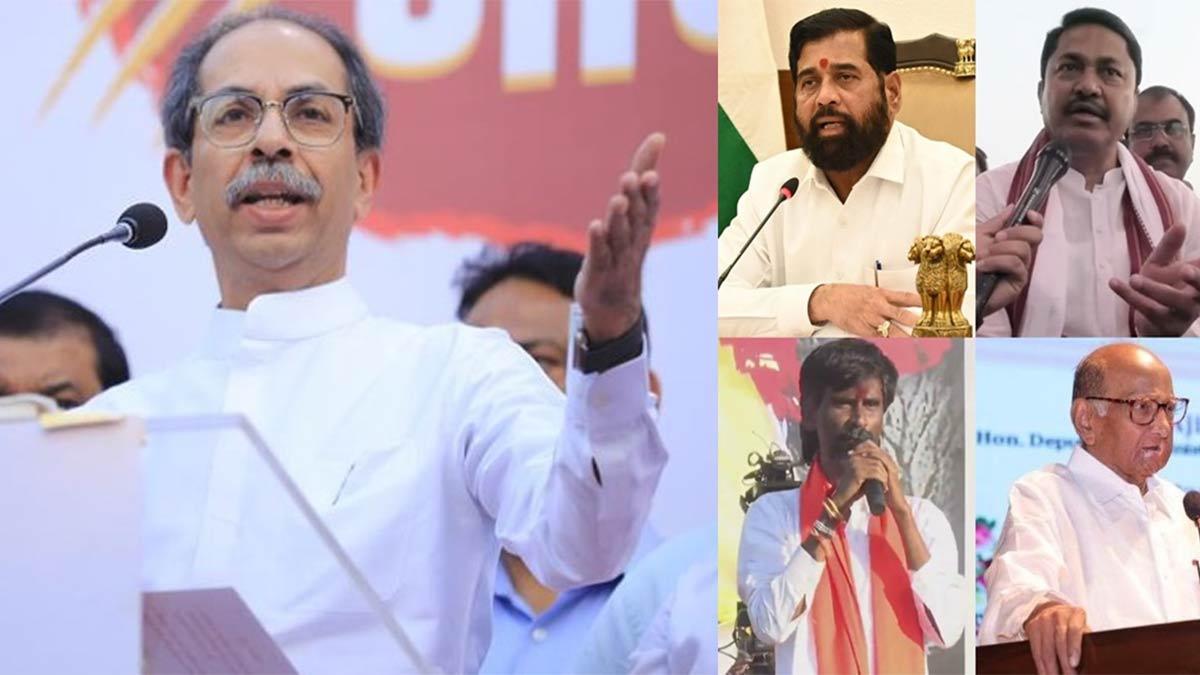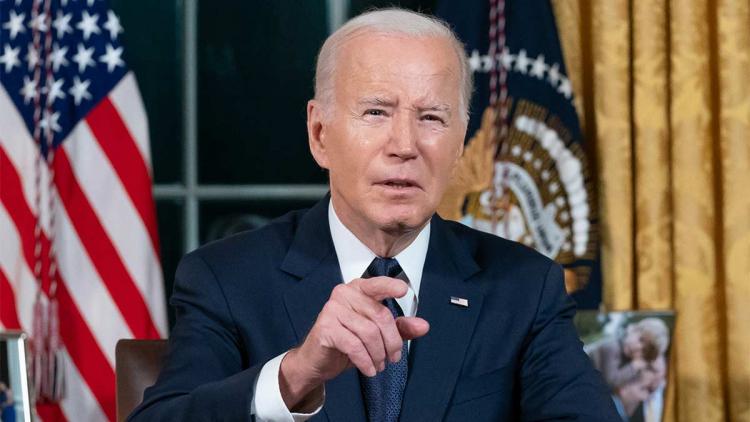Even on the verge of elections in five states, Union Budget 2022 was surprising for its restraint in not resorting to populist measures. Yet, while much of the debate focused on whether the decision to expand capital expenditure (at the cost of revenue expenditure) was the right one in the current time, what has received relatively less attention are implications of the Union Budget on the fiscal health of the states.
The combined debt of states has reached a 15-year high of 31.3 per cent of the GDP in FY21 and is expected to be roughly at the same level in FY22. In view of the pandemic and consequent economic slowdown, the 15th Finance Commission expects the debt-GDP ratio to peak to 33.3 per cent this coming fiscal.
This is higher than the target of 20 per cent to be achieved by 2022-23 as per the recommendations of the Fiscal Responsibility and Budget Management Act, it needs to be seen in the context of the current crisis and the role of the Centre in stifling state finances.
In a federal country such as India, that too a relatively centralised one, the Centre's actions have a direct impact on states. A significant portion of the revenue of the states comes from the Constitutional responsibility of tax devolution to states by the Centre.
Also Read | Role of Indian scientists in the fight against Corona is praiseworthy: Modi
Yet, despite the increase in the state share of devolution to 42 per cent of the divisible pool by the 14th Finance Commission, a level that was retained by the 15th Finance Commission, the actual share of devolution of taxes has been lower. As a share of gross tax revenue, it stood at 29.8 per cent in Budget 2022. To put this into perspective, it was 28.7 per cent in 2011-12 (before the implementation of the 14th Finance Commission recommendations).
Part of the reason is the significant increase in cesses and surcharges. The Constitution provides for cess to be levied by the Centre, meant for specific heads of expenditure such as war or natural calamities. Yet, for some time now, it has become a go-to for the Centre to raise revenues -- increasingly being the basis of even social sector expenditure.
For health for example, in March 2021, the Cabinet approved the Pradhan Mantri Swasthya Suraksha Nidhi (PMSSN) -- a single non-lapsable reserve for the share of health from the proceeds of the 4 per cent Health and Education Cess in place since FY19.
The PMSSN is going to be used to fund the National Health Mission, Ayushman Bharat, Pradhan Mantri Swasthya Suraksha Yojana, emergency and disaster preparedness during health emergencies, and any future programme aimed at progress towards the Sustainable Development Goals (SDGs) or targets set by the National Health Policy (NHP) 2017.
Add to this the further constraining of state revenues with the implementation of the Goods and Service Tax (GST). The state's decision to give up their revenue-raising rights was legislatively protected for the transition period of five years (2017-2022) on the assumption of a constant annual growth of 14 per cent over the 2015-16 revenue base. Any shortfall was to be funded by the Centre through a compensation cess -- additional taxation on sin/luxury goods.
The economic slowdown in 2019-20 followed by the pandemic has meant a shortfall in cess collection. To compensate states, the Centre decided to borrow from the market and provide them as back-to-back loans to the states in lieu of compensation cess for shortfall in their revenues.
This has implications on the gross fiscal deficit of states. As noted by the latest RBI report on state finances, had the entire amount of compensation cess been given as grants, it would have improved states' revenue receipts.
Another example is the Centre's role in controlling borrowing by the states. Considering the pandemic, the Centre agreed to raise the borrowing limit of states to 4 per cent of the Gross State Domestic Product (GSDP) for 2022-23. This was based on the condition that 0.5 per cent of this would be on the states implementing power sector reforms.
There is no question that power sector reforms are needed, but given the current capacity of the states, this again may not have been the best way to do that.
Similarly, despite much hype on significant increases in capital expenditure in Budget 2022, part of the increase was because of an allocation of Rs 1 lakh crore to assist states to increase capital expenditure through a 50-year interest-free loan -- over and above the normal borrowings allowed to them.
This doesn't directly increase state liabilities, but it should be seen against the backdrop of Article 293 of the Constitution, according to which states need permission from the Centre to borrow if they are indebted to it. The increasing use of loans to states (interest-free as they may be) has a direct consequence on continuing the Centre's control over state borrowings.
Typically, states have been relatively more fiscally prudent -- the Centre's fiscal deficit target is estimated to be 6.9 per cent this year and projected to be 6.4 per cent in the coming fiscal, only declining to below 4.5% by 2025-2026. For states, the combined gross fiscal deficit has remained below the limit of 3% of the GDP limit since 2005-06, barring a few years.
Apart from external factors such as the global financial crisis in 2009-10 and the Covid-9 pandemic, a large part of the failure of the states to meet their fiscal deficit targets was the implementation of the Ujjwal DISCOM Assurance Yojana (UDAY) scheme for the financial and operational improvement and revival of power distribution companies.
Also Read | Ukraine wipes out barbaric Chechen forces sent to assassinate Zelensky
The 15th Finance Commission report pointed out that the impact of UDAY increased the total debt-GDP ratio in states from 22.6 per cent in 2011-12 to 24.3 per cent in 2016-17.
Even with respect to welfare provisioning, the decision by the Centre to expand welfare through Centrally Sponsored Schemes (CSSs) further adds a fiscal burden on states, which need to provide corresponding state shares. The Centre has consistently played a significant role in tying the hands of the states.
This is not to absolve states of all fiscal wrongdoings. The farm loan announcements during election time in the past played havoc on state finances. As per estimates, some of the current poll promises, including free electricity, basic monthly income, and so on, are likely to be fiscally unsustainable. For example, according to some reports, carrying out electoral promises with respect to electricity could cost Uttar Pradesh an annual financial burden of more than Rs 12,000 crore.
But the fiscal health of states must be seen in the context of the severe constraining of state revenues by the Centre and their own increasing expenditure responsibilities being increased by the pandemic. In the past, in the face of decreased revenue receipts, states imposed expenditure contraction to adhere to fiscal deficit targets. The first to be cut is usually development expenditure -- social security and welfare, education, rural development and housing.
The pandemic has meant that the revenue expenditure of states has increased sharply to expand measures to provide safety nets: from providing food grains at cost, cash transfer schemes, purchase of medical equipment, insurance covers, among others.
A recent RBI report on state finances has pointed out that several states have spent substantial additional funds for Covid-19 relief. In fact, three states, namely, Odisha, Kerala and Karnataka, had announced relief packages of more than Rs 20,000 crore amounting to 0.1 per cent of the GDP. This has resulted in a significant increase in revenue expenditure, further worsening the debt-to-GDP ratios in states.
With states now starting to put out their state budgets, all eyes will be on how they are able to balance their weakening fiscal health with their need to ensure that the basic needs of their citizens are met. Let's hope that states can find a better balance than the Centre.


















